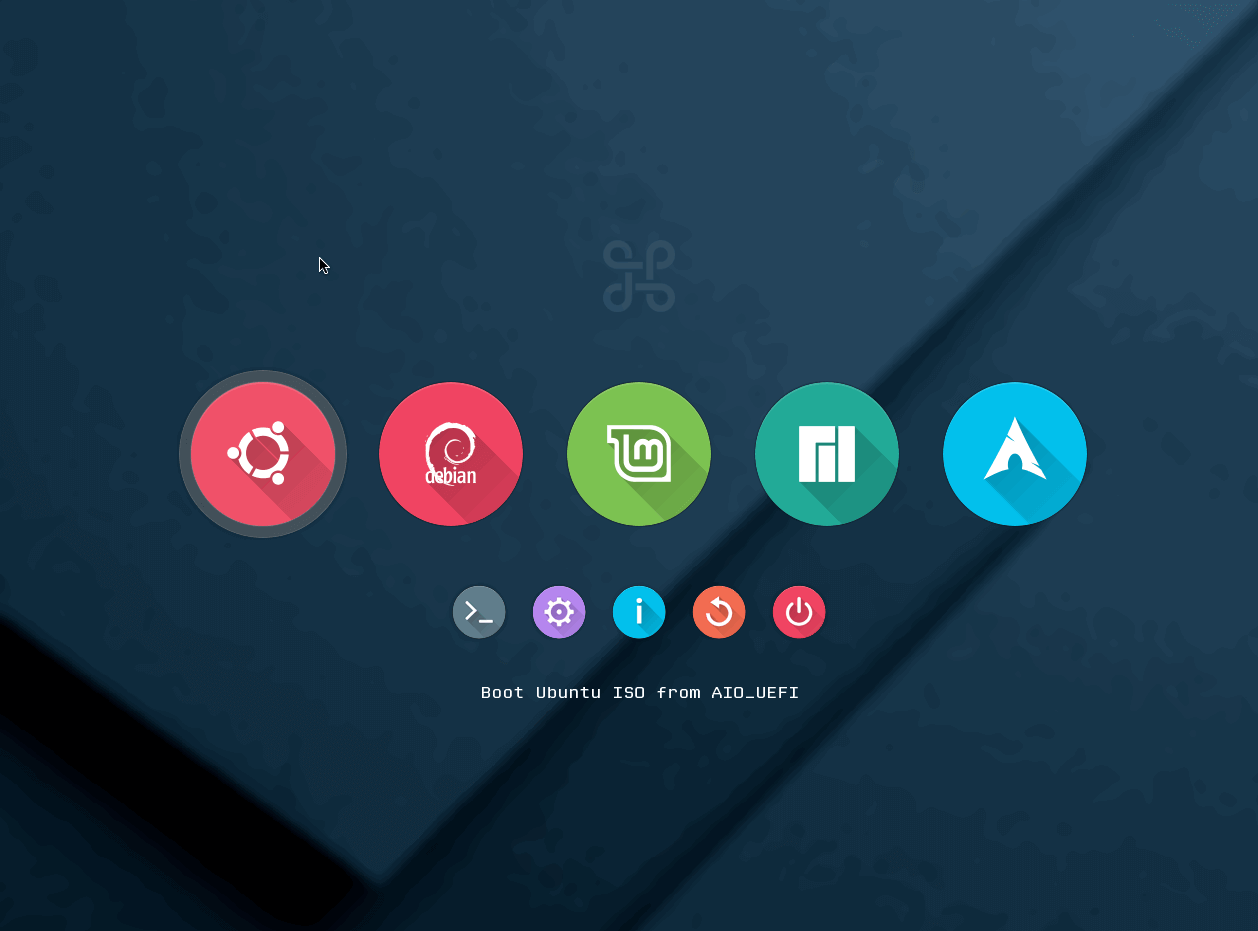Clover EFI is a boot loader developed to boot OS X (Hackintoshes), Windows and Linux in legacy or UEFI mode.
Download Clover Bootable ISO from here. Extract the archive Clover-.-X64.iso.7z and find the Clover-.-X64.iso file, mount it to a directory like /mnt/iso. It should be noted all file/folder names will be displayed in lower case in Linux, which is different from Windows and Mac OS. Copy the whole /mnt/iso/efi folder to your EFI system partition. Download (ISO) Download (ZIP) Download (EFI) Download (Mac) Report a Bad Link. Rating: 5 (15 votes) 1.Bad 2.Not Geeky 3.Average 4.Good 5.Geek-o-licious. Clover EFI Bootloader can boot OS X, Windows, and Linux on Mac or PC with UEFI or BIOS firmware. Boot OS X, Windows, and Linux in UEFI or legacy mode on Mac or PC with UEFI or BIOS firmware. Clover Bootloader is a great boot loader, it supports both UEFI and Legacy. This video will guide you how to install Clover Bootloader on USB from Windows an.
The main advantages of Clover are:
- Emulate UEFI on legacy BIOS systems
- Boot Linux kernels with EFISTUB support
- Supports native resolution GUI on wide screens people commonly use today
- Easy to use
- Easily customizable
Installation
Clover Bootloader Iso Download
As Clover emulates a UEFI environment on BIOS systems, the steps for each system type are similar.
UEFI Systems
Mount EFI system partition to /boot. This is the preferred method when directly booting an EFISTUB kernel from UEFI.
Generate initial ramdisk environment with mkinitcpio
Download Clover Bootable ISO from here.
Extract the archive Clover-*-X64.iso.7z and find the Clover-*-X64.iso file, mount it to a directory like /mnt/iso. It should be noted all file/folder names will be displayed in lower case in Linux, which is different from Windows and Mac OS.
Copy the whole /mnt/iso/efi folder to your EFI system partition. The tree for /boot should look likes the following
BIOS Systems

Download the Clover Bootable ISO.
Extract the archive Clover-*-X64.iso.7z and find the Clover-*-X64.iso file, mount it to directory like /mnt/iso.
Merge Clover code with current Master and Volume Boot Records (assuming ESP is partition 1 of /dev/sda, change if necessary):
Mount the EFI system partition to /boot.
Copy the whole /mnt/iso/efi folder to your EFI system partition.
Copy the legacy bootloaders to the EFI system partition:
Configuration
Configuration is done through an xml file config.plist under path EFI/CLOVER from the UEFI partition.
A tool is now available to easily edit your config.plist in any OS: Cloud Clover Editor (CCE)
For the meaning of each key, please reference their wiki for custom entries. The key Volume should be the PARTUUID of the EFI partition and must be in upper case. The minimal initramfs initramfs-linux.img in Argumentsand the Linux kernel executable vmlinuz-linux in Path are relative to the EFI partition. Backslashes should be used in accordance with EFI standards. For other arguments in Arguments, please reference EFISTUB and Kernel parameters#Parameter list.
In this example, the initramfs and kernel files are placed at the root of the EFI partition, at the same level as the efi directory. The EFI partition is mounted at /boot
chainload systemd-boot
If you need a bootloader for BIOS systems that follows The Boot Loader Specification, then systemd-boot can be pressed into service on BIOS systems. This is the configuration file needed make Clover chainload systemd-boot.
Clover Bootloader Iso Download Windows 10
